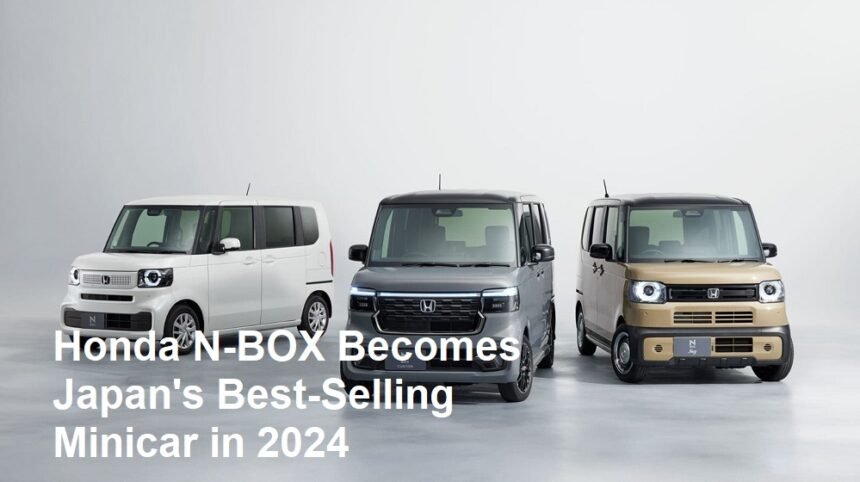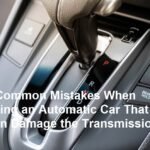In 2024, the Honda N-BOX has emerged as Japan’s top-selling minicar, showcasing the brand’s success in the competitive automotive market. This remarkable achievement can be attributed to a combination of innovative design, advanced technology, and customer-oriented features that resonate well with Japanese consumers’ preferences for practicality and efficiency.
The Honda N-BOX, first introduced in 2011, has continuously evolved to meet the changing demands of drivers. Its spacious interior, coupled with a compact exterior, allows for maximum usability in urban environments where space is at a premium. The vehicle’s thoughtful layout provides ample room for passengers and cargo alike, making it an ideal choice for families and individuals who require versatility in their daily transportation.
One of the reasons for the N-BOX’s popularity is its impressive fuel efficiency. With rising fuel prices and increasing environmental concerns, consumers are more inclined to choose vehicles that minimize their ecological footprint. The N-BOX offers a hybrid version that significantly reduces emissions while delivering an excellent mileage rate, making it appealing to environmentally conscious buyers.
Furthermore, the Honda N-BOX is equipped with a range of advanced safety features that have become standard expectations in modern vehicles. These include collision mitigation braking, lane-keeping assist, and adaptive cruise control. Such features enhance the driving experience by providing peace of mind for parents transporting children and individuals seeking added security on the road.
The design of the N-BOX also plays a crucial role in its market appeal. With its distinctive boxy shape, the vehicle not only stands out aesthetically but also maximizes interior space. The high roofline contributes to a more comfortable experience for passengers and an easier entry and exit, which is particularly beneficial for elderly users. Available in a variety of colors and trims, the N-BOX appeals to a broad demographic, allowing buyers to customize their vehicles to fit their personal style.
Moreover, Honda has adeptly leveraged technology in the N-BOX, integrating connectivity features that align with the needs of today’s tech-savvy consumers. The vehicle comes equipped with a state-of-the-art infotainment system that supports smartphone integration, allowing drivers to access their favorite apps, music, and navigation tools effortlessly. This user-friendly interface enhances the overall driving experience and keeps occupants entertained during commutes.
The demand for minicars in Japan can be attributed to several factors, including parking constraints in densely populated urban areas, high taxes on larger vehicles, and rising costs of ownership. The N-BOX, with its compact size and affordability, meets these challenges efficiently. Its price point makes it accessible for a wide range of consumers, from young professionals to retirees, further solidifying its market position.
Honda’s marketing strategies have also played a pivotal role in promoting the N-BOX. By engaging with consumers through various platforms, including social media and targeted advertising, Honda has effectively communicated the benefits of the N-BOX, highlighting its practicality and versatility. Additionally, continuous customer feedback has been integrated into the design and function of the vehicle, ensuring that it evolves with market demands.
In conclusion, the Honda N-BOX’s reign as Japan’s best-selling minicar in 2024 is a testament to Honda’s understanding of consumer needs, commitment to innovation, and dedication to quality. With its blend of spaciousness, efficiency, safety features, and modern technology, the N-BOX has secured its place in the hearts of Japanese drivers. As Honda continues to innovate and adapt to the changing automotive landscape, the N-BOX will likely remain a popular choice in the minicar segment for years to come.













